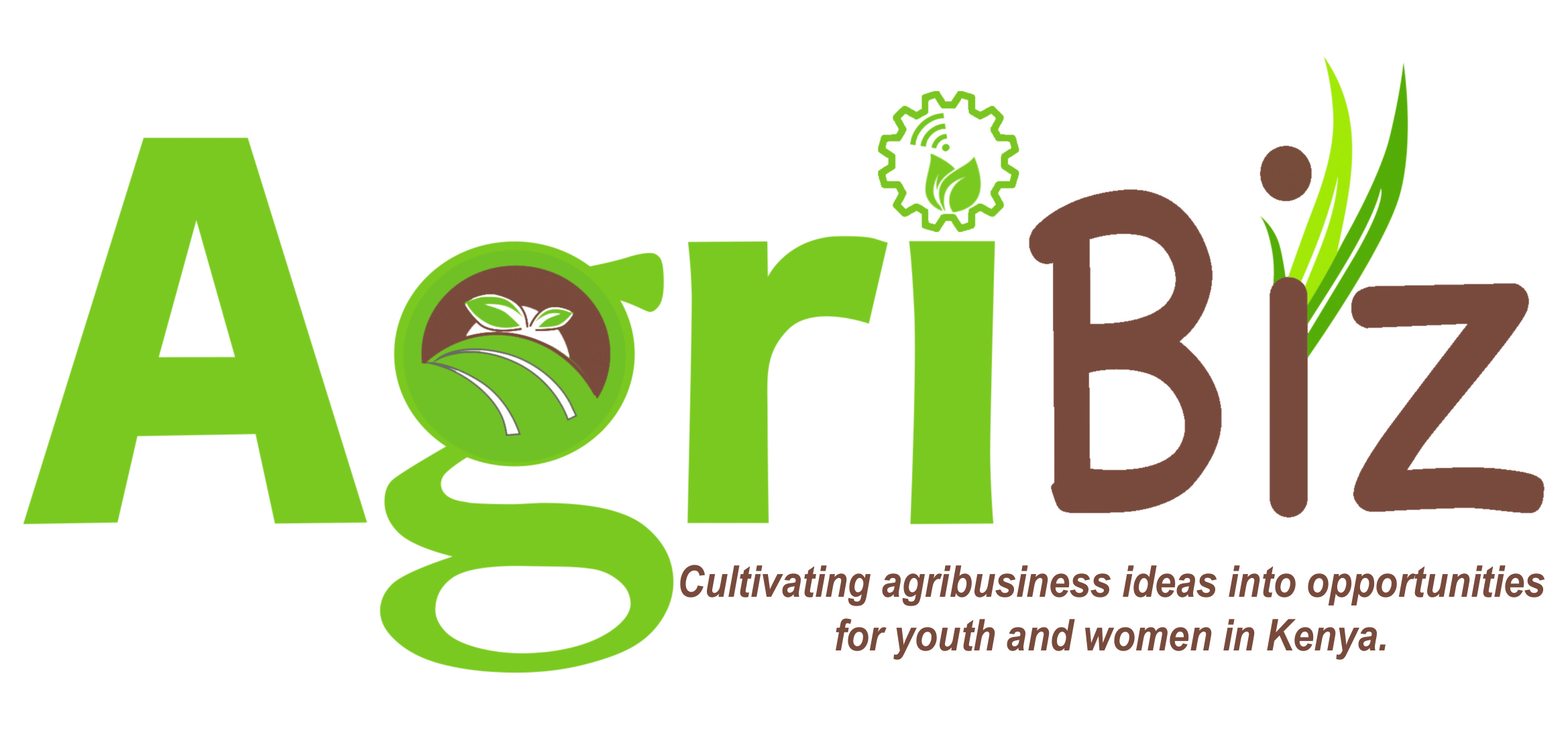To propose a credible alternative to intensive agriculture (a model inherited from the 1960s with disastrous environmental consequences), drone startups are developing unmanned machines, using cutting-edge technologies to help farmers become more sustainable and increase their yield.
What are the benefits of using drones in agriculture, exactly? To answer this question with all credibility, I will take you on a journey to Kaguru Agricultural Centre in Meru, where we meet Faustine Kiogora Julius, the manager of Third Eye Kenya. This is an enterprise that works with drones to help farmers make informed farming decisions that, in return, increase their farm yields.
Julius first takes us through the technology to understand how it works. For farmers enrolled in the Third Eye project, he says that his team sends the flying machine high above their plots of land, which takes pictures that can inform farmers of the high priority needs of the farm. Easy, right? However, it might not just be as easy as it sounds.
“The first thing Third Eye Kenya does is to deploy a drone over the specified piece of land. The drone is controlled to take clear pictures of the field below. It is these pictures that we convert into a map that has detail information about the farm and the crops,” Julius says
If you are wondering, just like me, how this is possible, then here is the juice.
Julius says, “The drone is designed to communicate with software that uses aerial photos to create a high-resolution map containing detailed information about the crop conditions. These photos taken by the drones and mapping systems are what inform farmers about irrigation, soil and infestation problems.”
As he takes us through how the technology works, he is keen to mention that the farmers he has worked with have saved a lot. Farmers have optimized spraying of pesticides in areas that need treatment and significantly reduce the amount used, reduce water usage, control crop quality and access areas that are difficult to reach with traditional farming tools.
“Our technology allows a farmer to precisely apply needed water, fertilizers, or pesticides only where they are needed instead of applying the same amounts across the entire field, which leads to wastage and pollution,” the tech-savvy youth explains.
He further explains that the health of a crop is critical to a farmer. However, since most farmers cannot detect signs of infections early enough, they risk losing an entire farm produce. With this mindset, he is encouraging farmers to adopt drone technology that can quickly evaluate and spot bacterial or fungal infections in crops.
“Drones carry with them devices that have both visible and near-infrared light that can identify which plants reflect different amounts of green light and near-infrared (NIR) light. When this information is translated into multi-spectral images, it can trace changes in plants and reveal their health. This information is what we give the farmer and advise them on the solutions needed. A quick response can save an entire planting,” he adds.
It is without a doubt that drones are becoming a critical tool for farmers. Having worked with over 5,000 farmers, Julius is confident that many farmers are already benefiting from drone technology. A clear indication that we have only scratched the surface of what this relatively new technology can do for agriculture.
Third Eye Kenya project is being implemented in several sub-counties in Meru, where farmers receive advice every week. Julius says the project is in the process of expanding to new regions. “In this process of transforming Third Eye Kenya from a project into a leading local flying sensor enterprise, the partnership with Kenya Climate Innovation Centre through the AgriBiz programme was ideal for us.”
He hopes that through AgriBiz, Third Eye Kenya will reach more farmers across the country and beyond the borders.
How do drones help farmers? They increase yields, save time, increase return on investment, are easy to use, crop health imaging, water efficiency and other environmental benefits.





